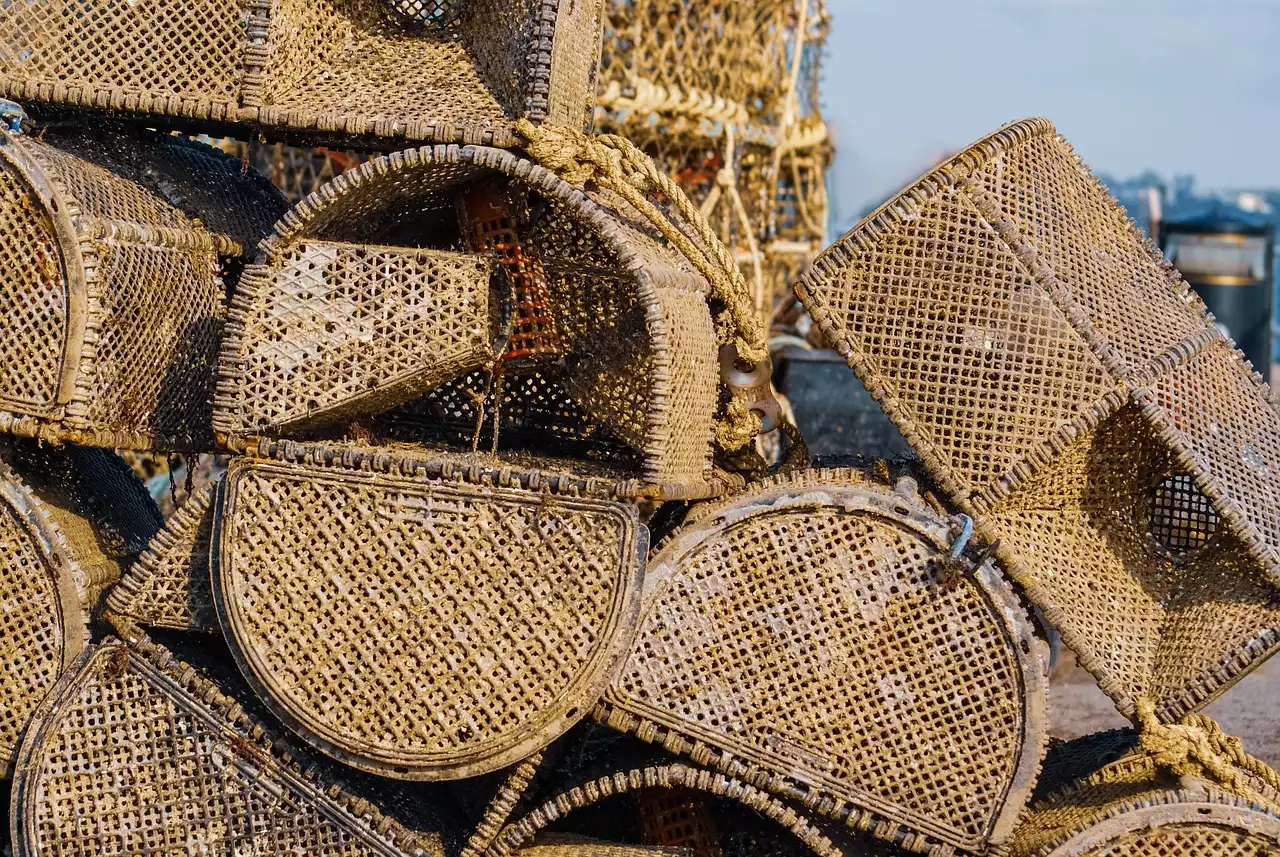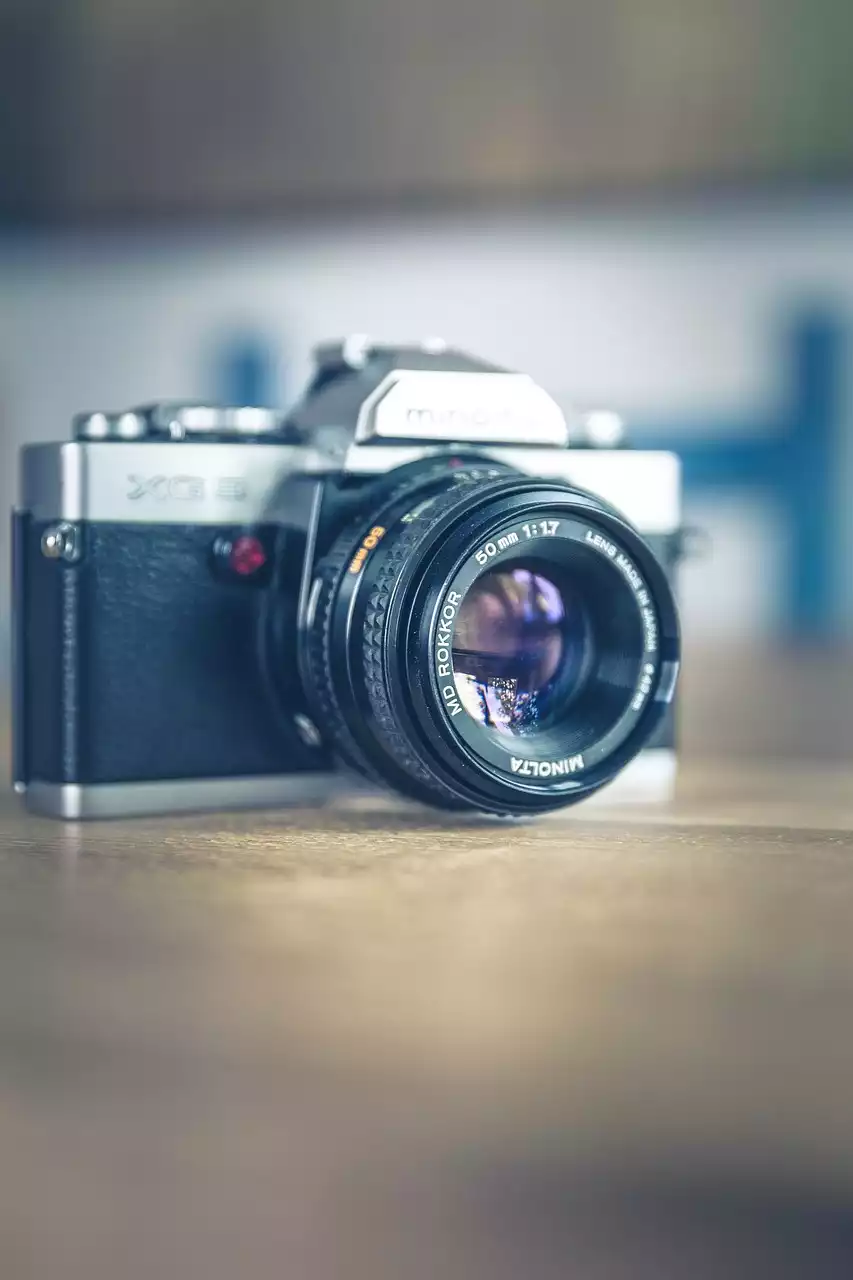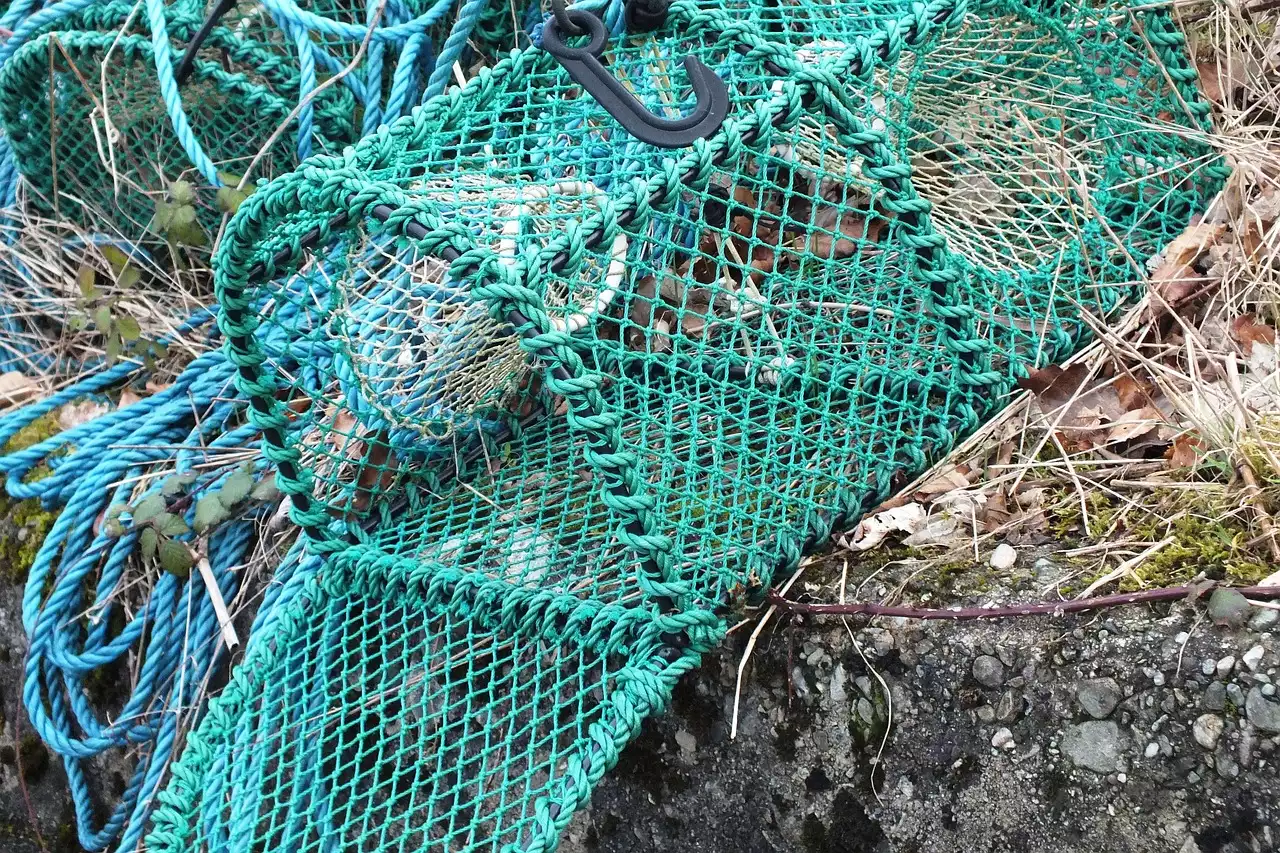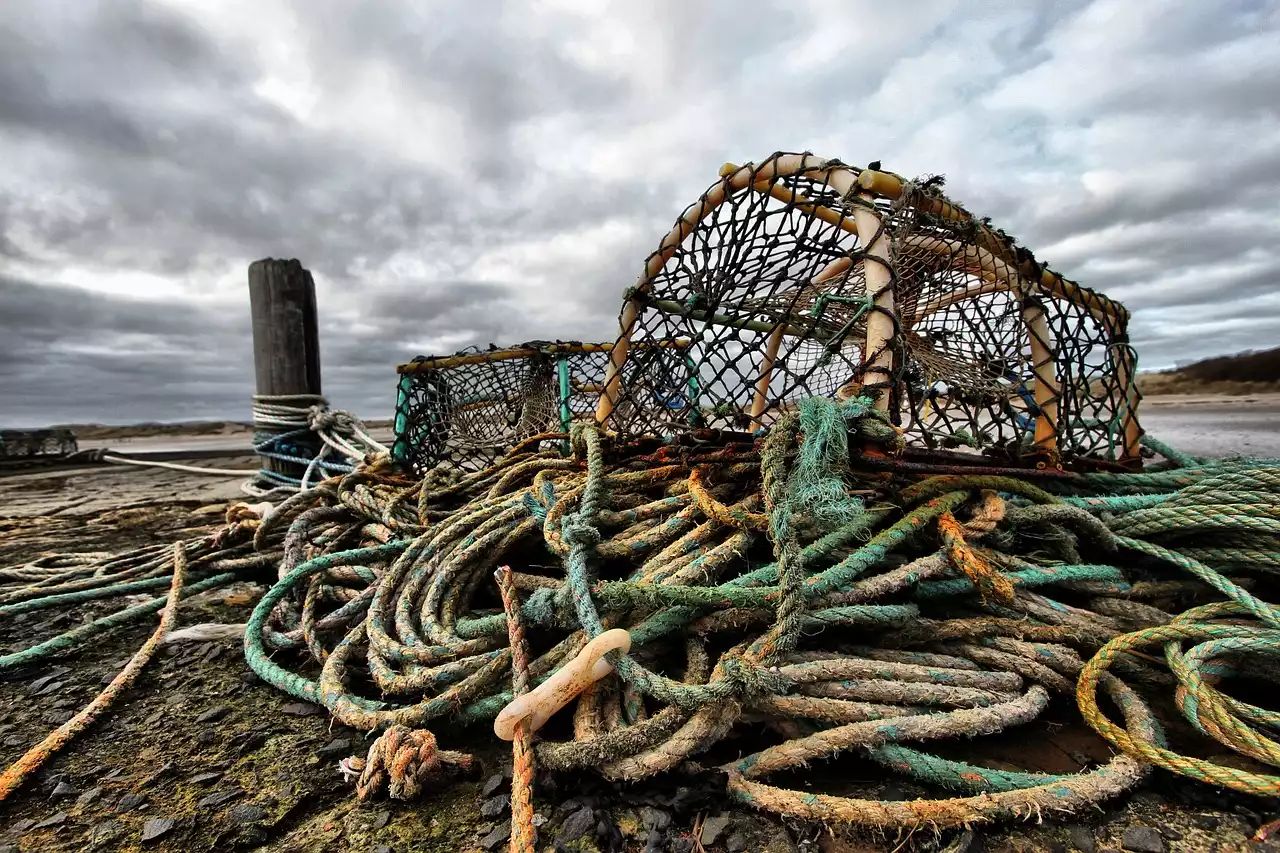What is Angling?
Angling is the act of catching fish by using a fishing rod and reel. Most angling is done by angling with a rod and reel this is a combination of a rod (which has a line attached to it) and a reel (which has a spool for the line). The reel is used to reel in the fish once it’s hooked, and the rod is used to cast the line out in the first place. There are several different types of angling:
- Casting: Using a single-handed rod.
- Fly: Using a rod and reel with a fly attached.
- Spinning: Using a spinning reel and a lead core line.
- Trolling: Drifting with a heavy lead-core line that’s connected to a boat or a motorized vehicle.
- Bottom fishing: Using a net-like device to scoop up fish from the sea bed.
- Netting: Using a large net to scoop up fish.
- Angling with your hands: Use a net or other device to scoop up fish, crab, and lobster from the water.
Why Go Angling?
There are many reasons to go angling, but here are the top three.
- Fitness: As mentioned above, angling is a great way to get some exercise while socializing.
- Eating well: Not only is fish healthy, but it’s also a sustainable food source.
- Stress relief: Some people find angling to be very therapeutic especially when you focus on a specific species.
Equipment You’ll Need
The first thing you’ll need if you want to go angling is a fishing rod and reel. You can choose from a wide range of fishing rods depending on how much you want to spend, what type of angling you’re most likely to do and what conditions you’ll be fishing in. Once you have a rod, you’ll need to attach a reel to it. This will house the fishing line, spool, and a space to attach any bait. The more expensive reels also have a drag setting, which helps you to control how much force the line gets when a fish bites. Next, you’ll need to buy some fishing line, either pre-made or using a spool of line to make your own. The fishing line is responsible for connecting your hook to the reel. It’s also important to make sure you match the fishing line to the type of fish you’re going after otherwise, you might end up losing them. You’ll also need a rod holder and a tackle box (some even use a backpack to keep their gear safe). Tackle boxes come in a variety of sizes, shapes, colors, and materials so you can pick one that suits you best.
How to Find Good Places to Angle
Once you’ve got your gear and you know where you’re going, you’ll want to find places to angle. Here are some ways to find angling hotspots near you.
- Ask your angling club: Many angling clubs have information on popular angling spots in your area. You can also use this as a way to meet like-minded people.
- Local fishing stores: These are a great resource for all things angling. You can pick up helpful tips, find out about nearby spots and even buy new gear.
- Internet: There are plenty of angling forums that host discussions on popular fishing spots.
- Wildlife and fisheries departments: These are another great place to find angling spots, as well as information on any environmental or conservation issues in your area.
Tips for Beginner Anglers
Here are some tips for beginner anglers.
- Remember to dress for the weather: Even though you’re sheltered, angling can be a cold and wet activity so make sure you wear warm and waterproof clothes.
- Bring your bait: Many angling spots provide bait, but it’s often stale so bring your own.
- Read up on angling etiquette: This can vary depending on where you are, but you should always follow any rules.
- Take care of your gear: Fishing gear can cost thousands of dollars, so take care of it and clean it after each use.
- Go with friends: There are many advantages to angling with friends, such as sharing the cost of a boat or car.
Angling is a fun and healthy hobby that almost anyone can do. It’s great for relieving stress, is sustainable and nutritious, and can be done alone or with friends. To get started, you’ll need some basic gear, the right conditions, and information on nearby angling spots. Once you’re there, you’ll need to know how to catch fish so you can take home your catch.










